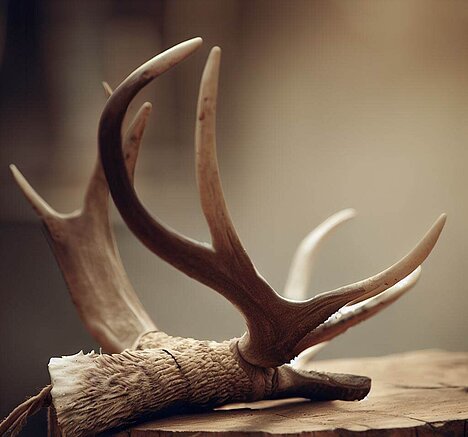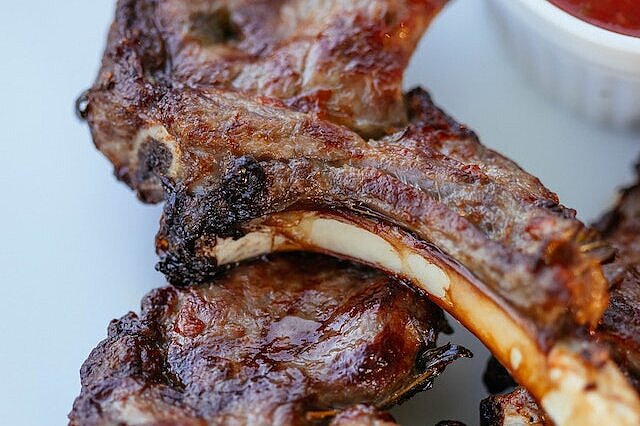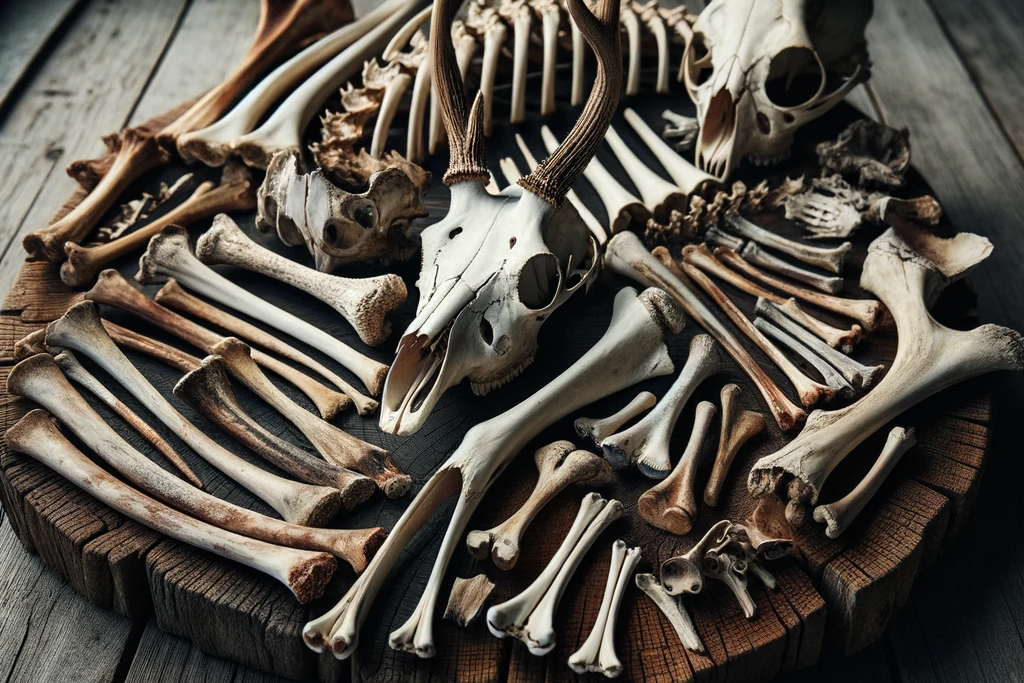Antler throwing rod

What is an antler shedding rod?
An antler shedding rod is, as the name suggests, the shed antlers of deer or roe deer. These animals lose their antlers every year and grow new ones. The shed poles are then collected, cleaned and cut into different sizes. The result is a hard and long-lasting chew for dogs.
What are the advantages of an antler throwing stick?
Antler throwing stick has several advantages as a chew for dogs. Firstly, it is very natural and contains no artificial additives or preservatives. Secondly, it is rich in minerals such as calcium, phosphorus, iron and zinc, which are good for your dog's health. It also helps to clean and strengthen your dog's teeth by removing tartar and plaque. Antler shedding rod is also very durable and doesn't splinter as easily as other bones or wood. This means that your dog will get something out of it for a long time and won't get bored so quickly.
What are the disadvantages of an antler throwing stick?
Antler throwing sticks also have some disadvantages as a chew for dogs. Firstly, it is very hard and can therefore damage or break your dog's teeth, especially if he bites very hard. Secondly, it can cause injury to your dog's mouth or digestive tract if he bites off or swallows pieces that are too large. Antler chews can also cause allergic reactions or lead to diarrhea or vomiting if your dog is sensitive to them. In addition, your dog may not be interested in antler shedding stick or may not like it because it doesn't have a strong smell or taste.
How to choose the right antler shedding stick?
If you want to give your dog antler chews, there are a few things to consider. Firstly, you should choose the right size and shape for your dog. The antler stick should not be too small so that your dog does not swallow it or choke on it. But it shouldn't be too big either, so that your dog can chew it easily. The shape should appeal to your dog and be fun for him. Secondly, you should pay attention to the quality of the antler throwing stick. It should be clean and free from mold or pests. It should also not be too old or too dry so that it does not become brittle.
How do you give your dog an antler shedding stick?
If you give your dog an antler chew, you should take a few precautions. Firstly, you should always watch your dog when he is chewing on the antler throwing stick. If he bites off or swallows pieces that are too big, you should take the antler stick away from him and give him something else. Secondly, you should make sure your dog drinks enough water when he is chewing on the antler. This will help him to absorb the minerals better and prevent dehydration or constipation. You should also regularly replace or dispose of the antler stick if it becomes too small or too dirty.
Antler chews are a natural and mineral-rich chew for dogs that can help clean and strengthen their teeth. However, it also has some disadvantages such as possible dental or digestive problems or lack of interest in some dogs. If you want to give your dog antler chews, you should therefore choose the right size and quality and always monitor your dog.
If you notice any signs of hypersensitivity or poisoning in your dog, you should see your vet immediately. We are not a substitute for a vet, but we try to be as accurate as possible. Every dog reacts differently and we recommend you get a second opinion or consult your vet if in doubt.
Stay healthy and take good care of your four-legged friend!😊
Similar to Antler throwing rod
The sternum bone is part of the skeleton of cattle, sheep and goats. It is a long, flat bone that is located in the center of the ribcage and connects the ribs together. The sternum is often...
Fleshy bones are bones that still contain a lot of meat, tendons, cartilage and skin. They are not to be confused with pure bones, which contain little or no meat. Meaty bones can come from...
Deer bones are the bones of deer that are a by-product of hunting or meat processing. They are usually dried or smoked to preserve them and improve the taste. There are different types of deer...
Wild bones are bones from animals that live in the wild and feed naturally. They are usually larger and harder than bones from farm animals such as cattle or pigs. They also contain less fat and...



